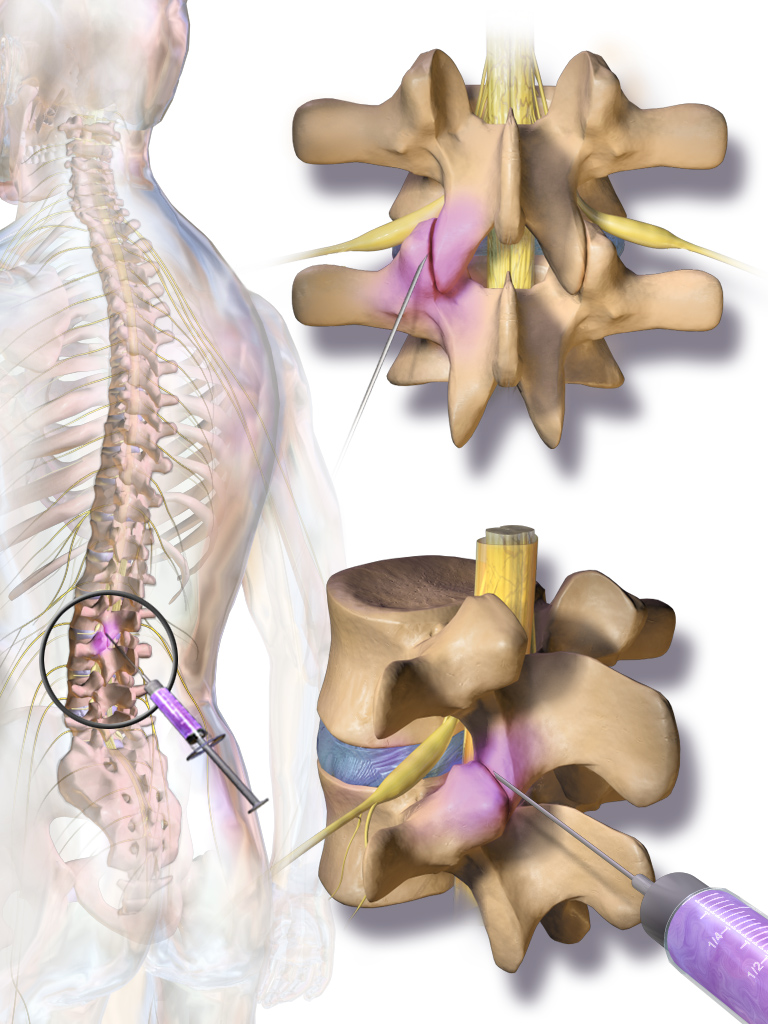Back pain is a common complaint, affecting up to 70% of adults in their lifetimes. Regardless of age, it’s significantly more common among adults aged between 35 and 55. Research shows that back pain may be painful and uncomfortable but it is not usually serious. Regardless, back pain can cause a significant physical and emotional drain on an individual and hamper one’s quality of life. Symptoms include muscle aches, shooting or stabbing pain in the back, burning pain that radiates down your leg, and limited flexibility or range of motion.Most American adults will experience an episode of back pain at some point in their lives. The tendency to develop back pain increases with age, and so, as Americans live longer, and maintain increasingly sedentary lifestyles, the incidence of back pain in the population grows. It is important that individuals suffering from back pain understand the nature of their symptoms and the treatment options available to them.

A pain management specialist has a number of diagnostic tools at their disposal:

In addition to lifestyle changes, a common first approach is the ordering of a course of physical therapy, which can help to control some symptoms. When lifestyle changes or physical therapy fail to achieve the desired results, a pain management specialist can provide a patient with a number of options suited to their particular medical history and symptoms. The physicians at Cayman Neurology and Pain Management believe in a holistic and generally conservative approach to treating back pain, combining lifestyle changes with minimally invasive procedures, and minimizing the use of oral medication when other methods are available.

The goal of pain management for chronic back pain is to find the root cause of the pain and to develop a treatment plan that addresses those specific needs. Additionally, by controlling the pain, doctors are able to provide patients with the relief they need to participate in exercise and rehabilitation to regain strength and mobility. Adequate treatment of chronic pain can allow individuals to return to their everyday activities, thereby improving their quality of life. By focusing on eliminating pain in a minimally-invasive manner, the patient can potentially reduce the need for surgery and medications that cause side effects. Often, it is the combination of treatment methods, rather than one specific treatment that allows chronic pain sufferers to find relief. Below are some treatments offered at Cayman Neurology and Pain Management:
The pain management specialists at Cayman Neurology and Pain Management use a holistic approach where all potential modalities to alleviate pain are incorporated into a treatment plan throughout a patient’s life. Any changes to patients’ symptoms will be addressed on an ongoing basis. Integrating lifestyle changes with a range of treatment options allows the patient to minimize degeneration and lay the ground for improvement.
For additional information on the treatment options for back pain, contact Cayman Neurology and Pain Management. If you would like to schedule an appointment or check for availability, please book online or call+1 345-943-6900.
Copyright © 2024 Cayman Neurologist. All Rights Reserved.